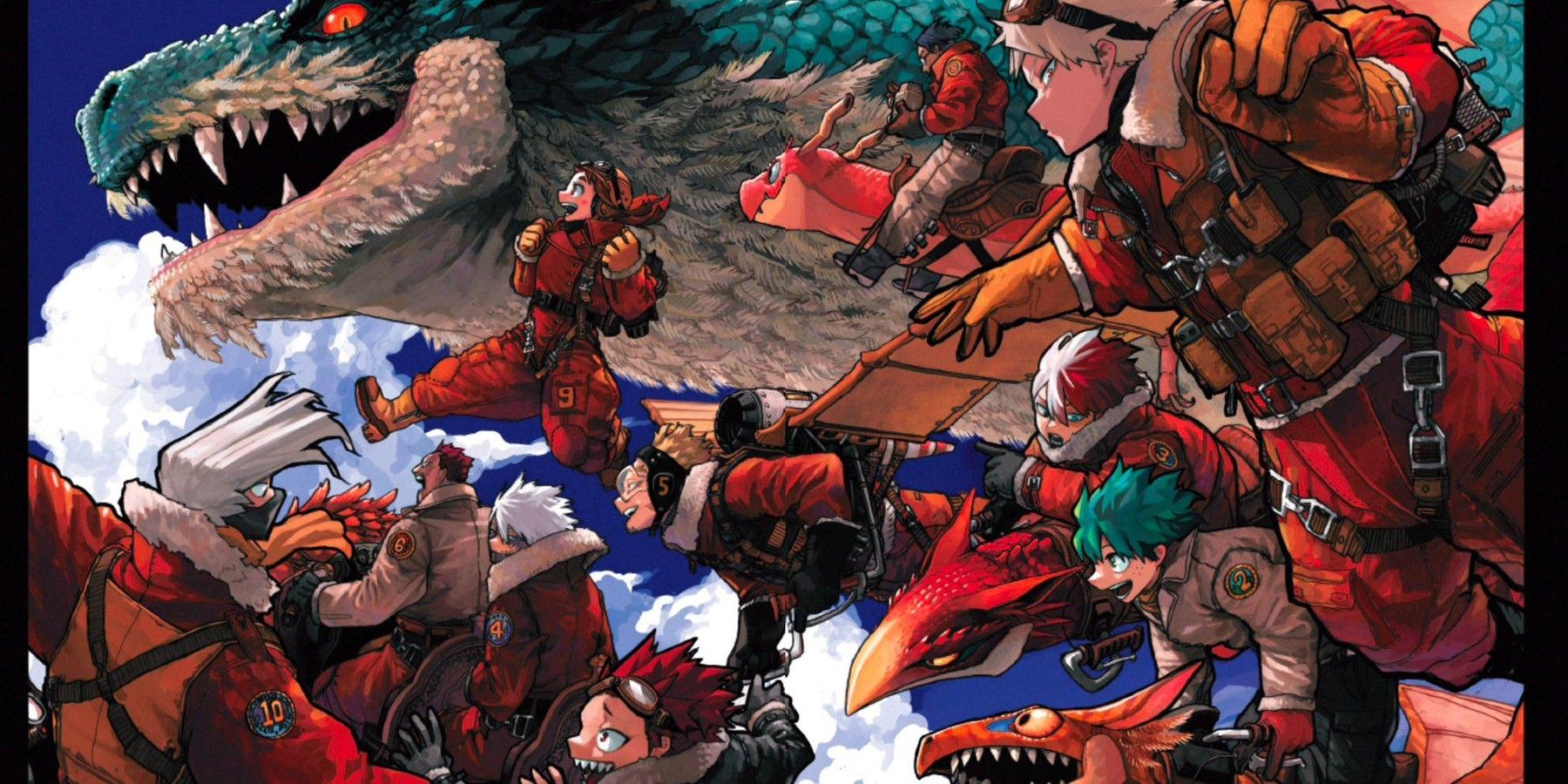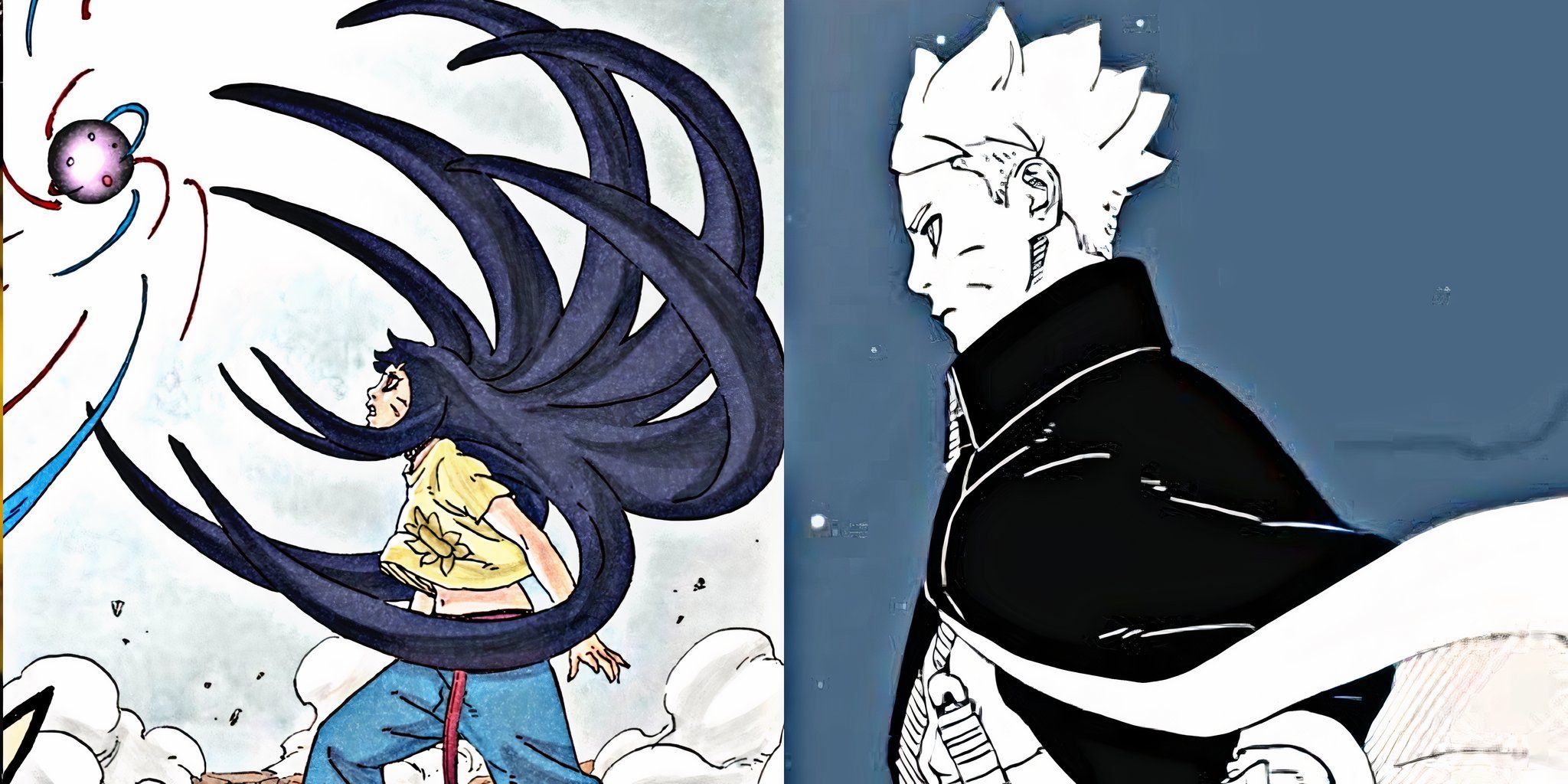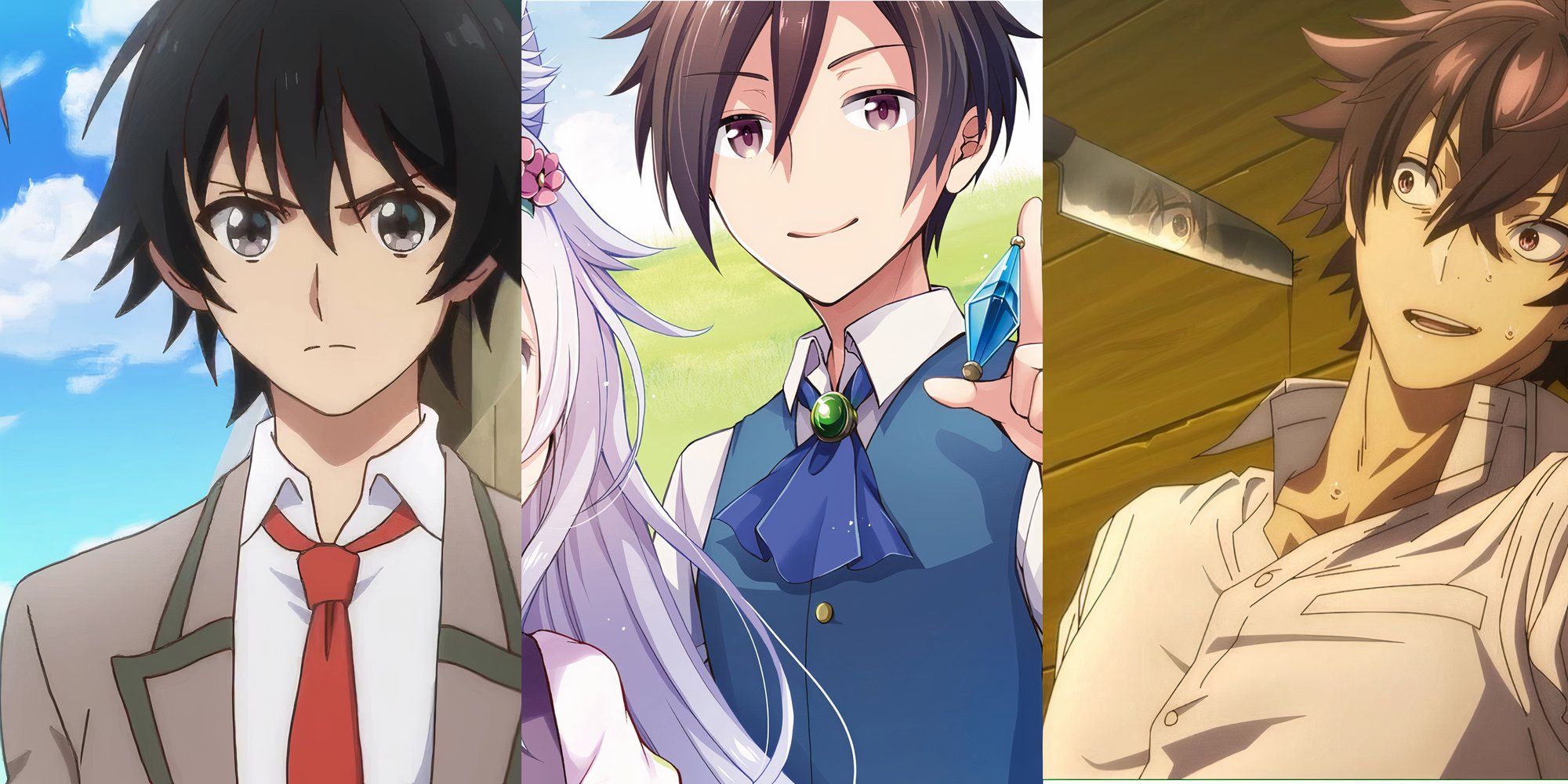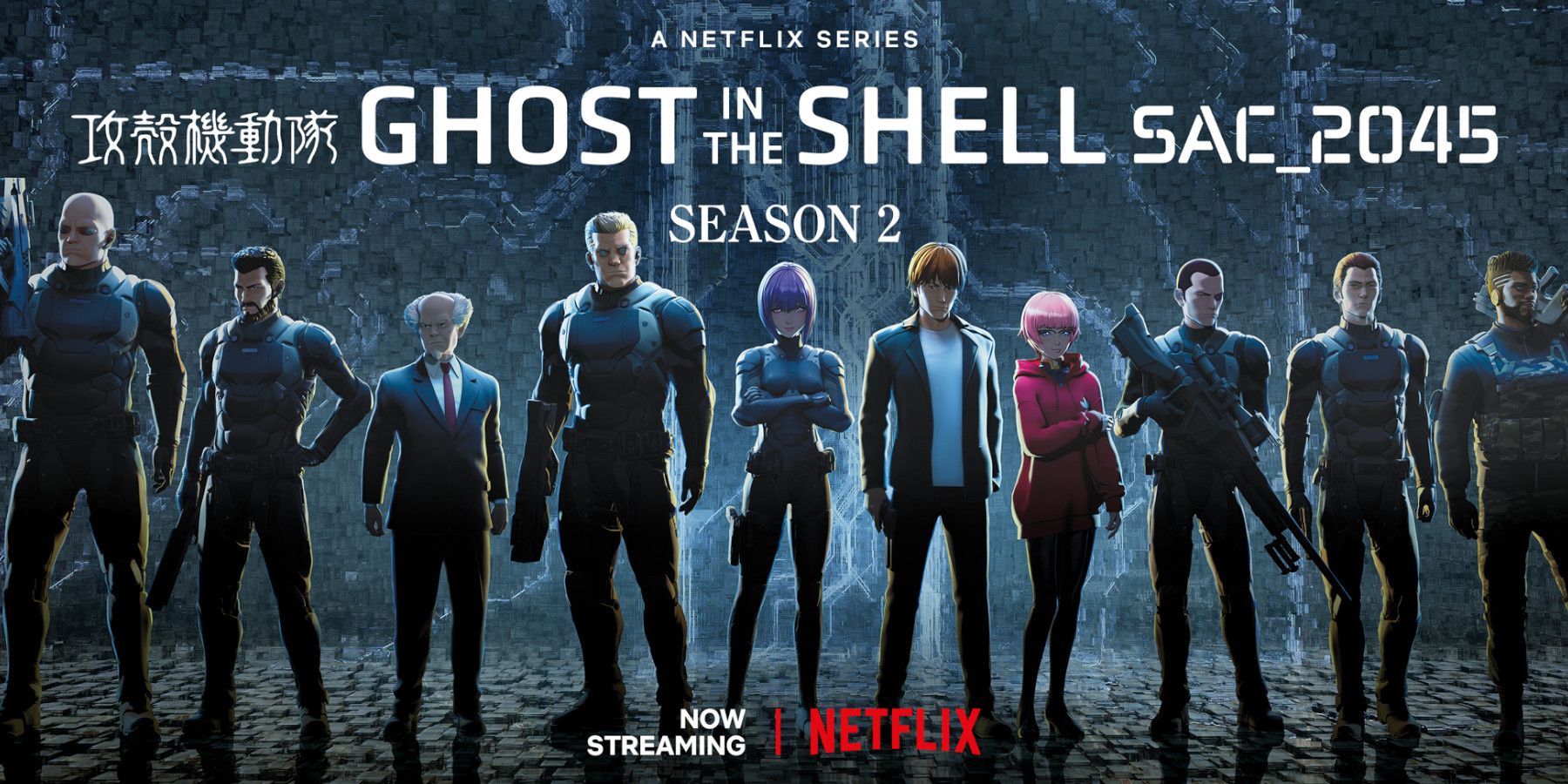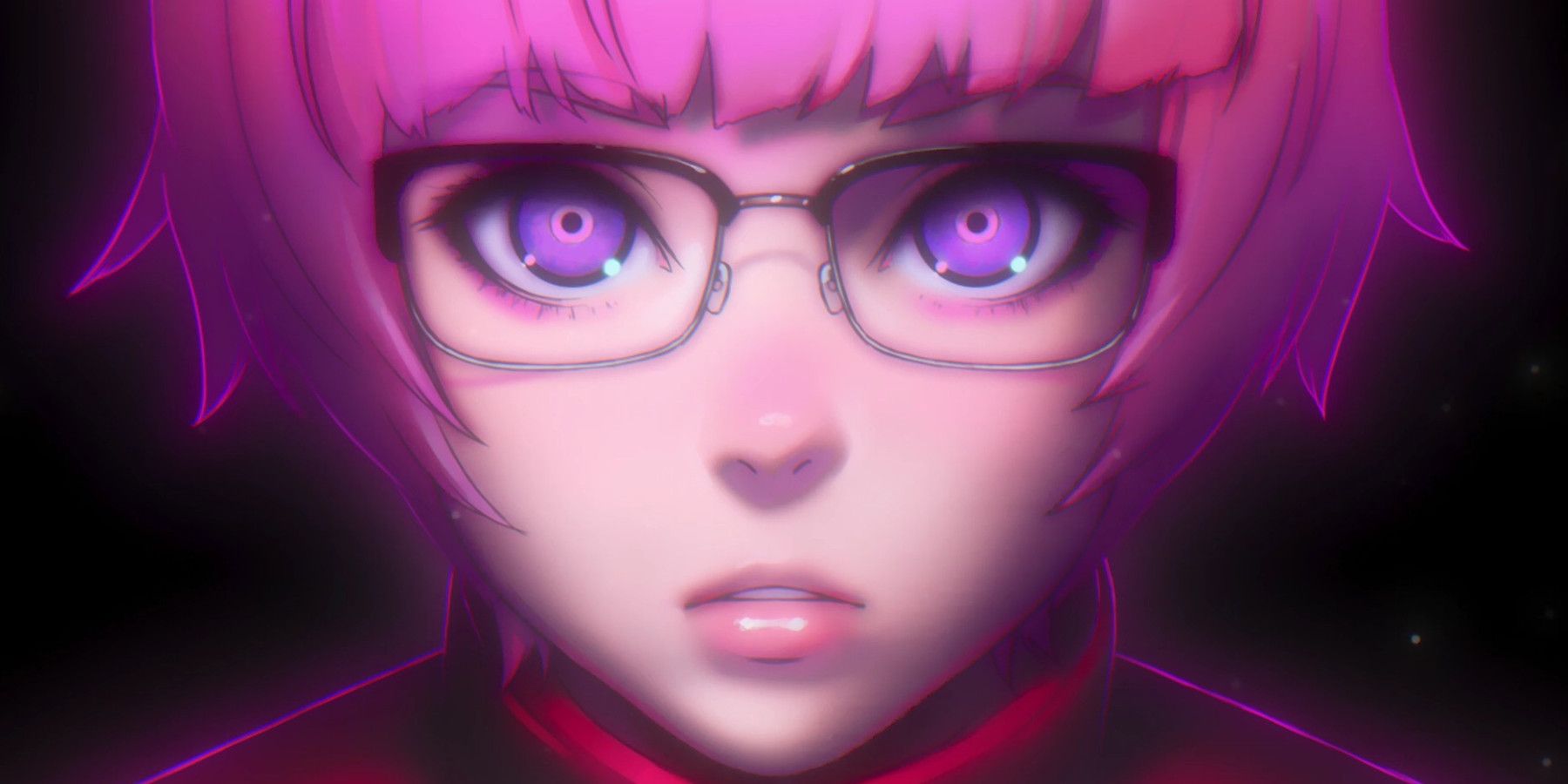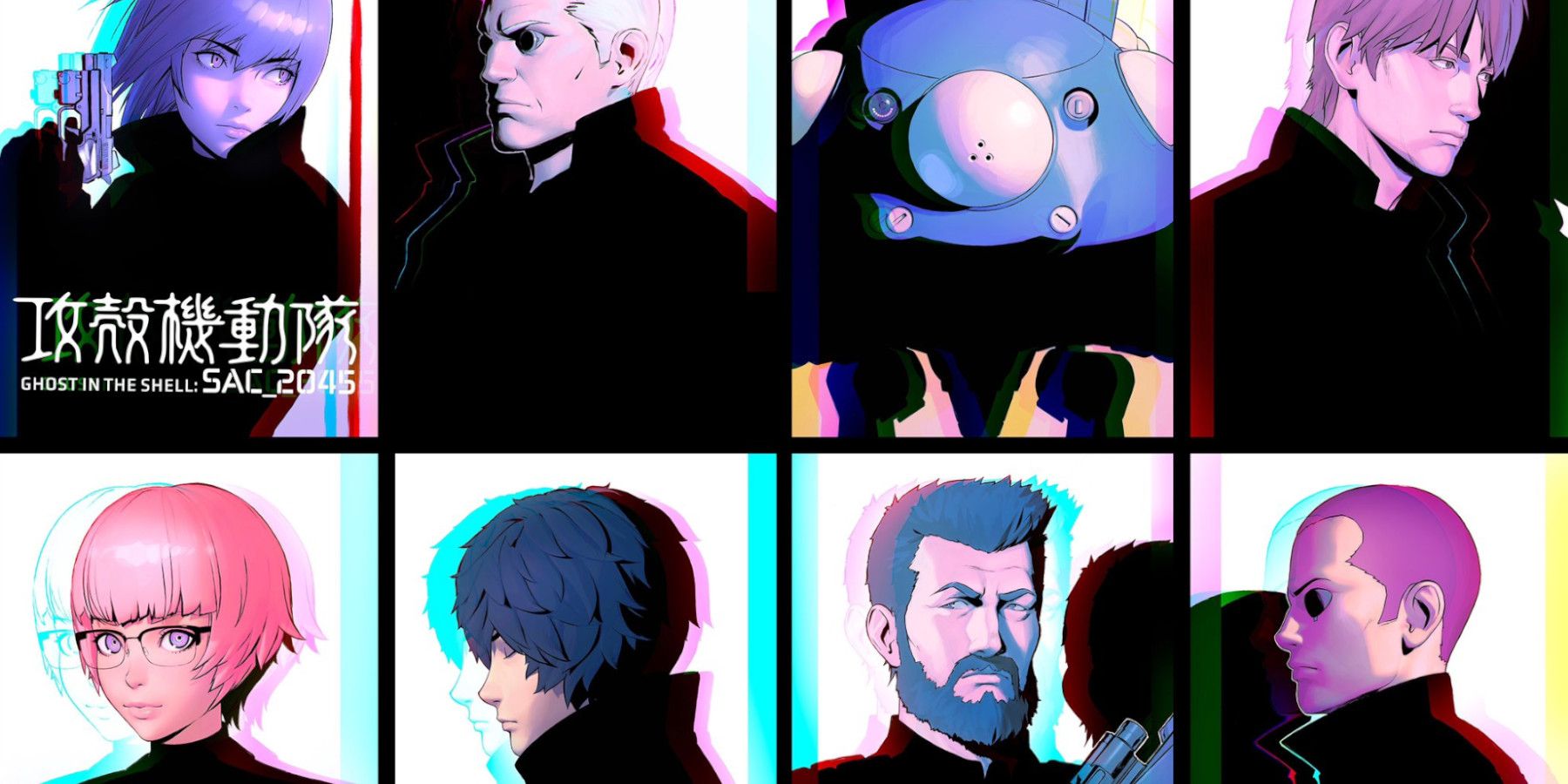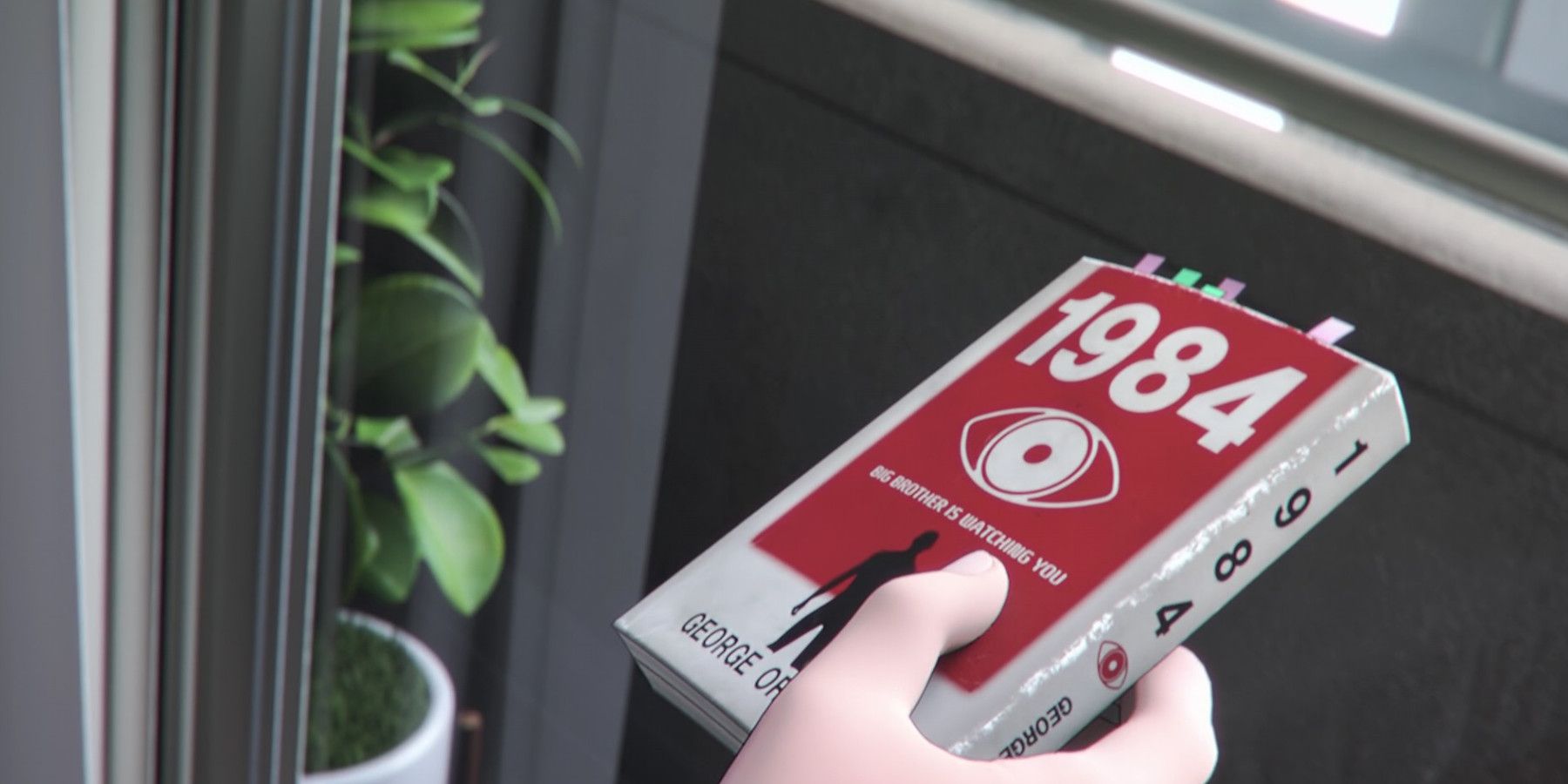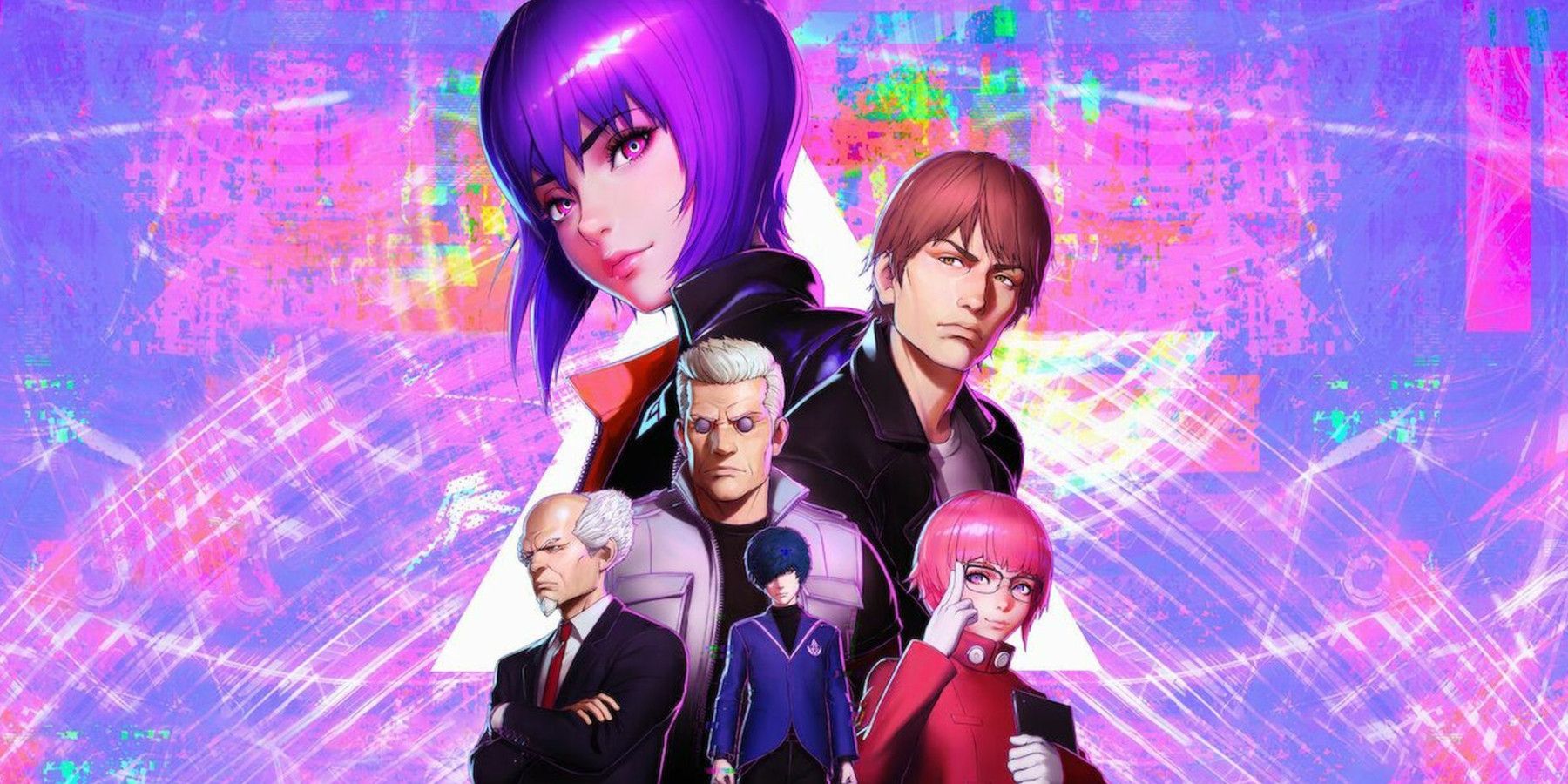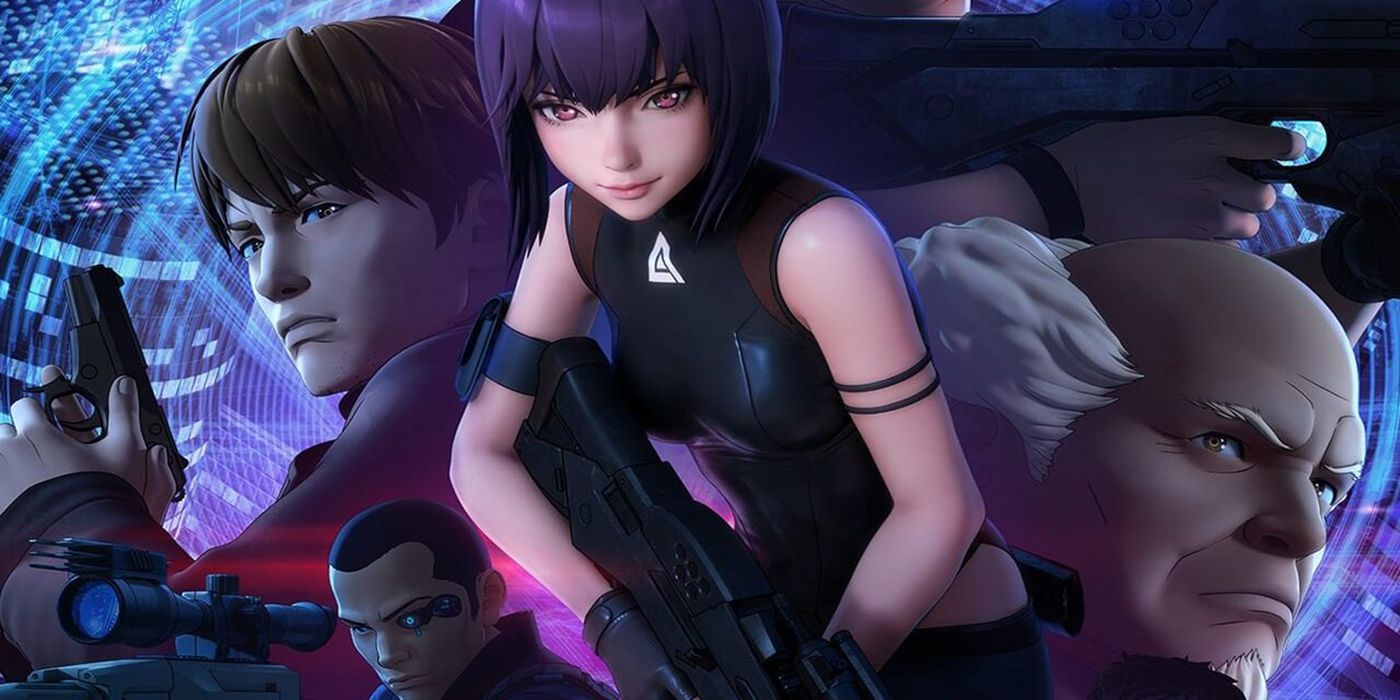After a divisive first season, Ghost in the Shell: SAC_2045 is back after a long hiatus to conclude its story. But after mixed reception and such a long wait between seasons, did season 2 manage to pull through and deliver an experience worthy of the franchise?
Season 1 debuted in the spring of 2020 and told the story of Major Motoko Kusanagi and the Section 9 team reuniting to combat an American AI that went rogue. The series saw the return of Stand Alone Complex director Kenji Kamiyama, alongside Shinji Aramaki of Appleseed fame. The directing duo's resume aside, fans were wary of the new CGI look of Ghost in the Shell, from how it affected character animation, to a perceived prioritization of action over storytelling. The Netflix series wasn't exactly received with open arms, but was it without some merit?
A Blast From The Past
Even two years later, the attitude with which this series tells its story brings back fond memories of Stand Alone Complex. While Ghost in the Shell's movies tend to focus on the Major, Batou, or Togusa, the TV series deepened the entire Section 9 team, offering episodes that deepened them individually.
Seeing the whole team together again in this continuity, with this cast, in Japanese or English, is a sight to see. It was especially promising in early season one, back when the stakes weren't as high and the gang could joke around. In season two, however, the treat is bigger and there's little time to focus on anything but the main story.
The original Stand Alone Complex made a point of having standalone episodes not just to flesh out the supporting cast or tell unique stories, but because the show's format was directly tied to the theme. A "Stand Alone Complex" implies a link between seemingly standalone events, tied back to an original event that serves as the story for the entire season.
New To The Team
Speaking of the cast, the new side characters were a mixed bag. Purin Esaki felt like an excuse for character designer Ilya Kuvshinov to make another cute girl in his art style. Her humor and personality could be charming at some points but annoying at others.
She becomes a huge part of season 2 and is utilized much better in the end, but not without falling ever so slightly into the "Manic Pixie Dream Girl" trope. Fans of the series might enjoy her antics and her role in the climax, but they might end up wondering why she's there in the first place.
Another character introduced in season 1 was Standard, or Omoshiro, an American soldier introduced primarily as comic relief. The decision to have them disappear so early in season 1 only to come back so late in season 2 baffles the mind. Having an African American former US soldier join Section 9 would have been quite the addition to dynamic. Instead, they're just treated as a joke.
SAC_Reconsidered
SAC_2045's two seasons equal 24 episodes, and the early ones definitely have more standalone stories. Episodes like Batou getting caught in a bank robbery or Togusa performing his own private investigation felt like classic SAC, but these are far rarer in season two, arguably by necessity.
Ghost in the Shell's brand of sci-fi thrives on speculation about the future. Half of the fun of being a fan of the franchise now is looking back and thinking about how accurate the predictions of the future were. Come for the speculation, Stay for spectacle, or perhaps vice-versa.
What helped writers like Kamiyama make these stories better was that even when the characters were cyborgs capable of superhuman feats, the threats felt believable. The concepts like the singularity or the birth of new consciousness through the net, felt grounded.
In this way, even when Stand Alone Complex set the stakes high, there was realistic tension and a total number of episodes that allowed for side stories in-between crucial events. A lack of this in SAC_2045 isn't a failure by default, but merely a different approach to storytelling.
A New Threat
The "necessity" mentioned previously is that the threat actually feels larger than any previous Ghost in the Shell story. The threat of the Posthumans, humans whose cyber brains were infected by an American AI, has horrific implications. It's not the kind of antagonist that can take a backseat for a side adventure.
When viewers last saw the team, Togusa had mysteriously disappeared while investigating a 14-year-old boy named Takashi Shimamura, a Posthuman. The team's efforts to catch and understand the Posthumans, find Togusa, and avert catastrophe all take center stage.
The idea of the posthumans isn't inherently a stretch by the series standards. The Puppet Master in the 1995 film was also an AI and the implications of their merging with the Major was that film's most compelling concept. However, that film's message was compelling because what happened after the film wasn't entirely certain.
Would that combination of humans and AI be a threat? Such a conclusion is never forced upon the audience. The conflict felt existential but personal. The other antagonists of Ghost in the Shell have often been emblematic of political scandal or societal advancements, like manipulation of information or the culture of the internet.
The Posthumans seem especially "out there" by virtue of the threat they pose and their capabilities. Audiences were quick to point out the silliness of a fight in season one between the Major's team and a Posthuman who could dodge bullets and who hilariously backflipped out of combat without clothes on.
Big Brother Is Watching
It wouldn't be too surprising if this was meant to be released as one 24-episode season as opposed to two halves. The last episodes of season 1 began to explore Shimamura more than any other Posthuman up to that point and constantly referenced George Orwell's 1984.
It wasn't clear what those references had to do with the story at that point, but season 2 managed to take inspiration from 1984 in a very creative way. Comparisons to Orwell or even the descriptor "Orwellian" can feel so tiresome that attempts to mirror 1984 can seem shallow.
At first, SAC_2045 seems like a story about the terrifying advancements of AI, and that is partly true. But ideas like the AI are but vessels for a narrative pondering what a post-human existence would look like, using themes of escapism and purpose to further the concepts.
Speaking personally, I had doubts about this series' ability to live up to the standard set by other Ghost in the Shell entries. That standard entails using existing science and science fiction trapping to paint vivid portrayals of the future and ask thoughtful questions about existence as a result.
"All Will Become N"
The last six episodes take place in Tokyo, where the Major and her team have to act on the fly to apprehend the two lead Posthumans. The increase in stakes and the precarious game of chess between the parties involved add some appreciable tension to the final stretch of the show.
Section 9 is trying to assess the situation and come up with a plan, but they have to contend not only with the Posthuman's countermeasures but the American military. As the story approaches its climax, the seeds planted at the start begin to bear fruit and this Ghost in the Shell begins to earn its name.
It brings back memories of the end of Stand Alone Complex 2nd Gig, with a race against time, and the lives of countless souls hanging in the balance of world politics. Seldom has an entry in this franchise ramped up the fear so close to the end, making it seem as if the heroes have truly lost.
The ending creates a sense of wonderment and excitement at the prospect of the theories that could be formulated from it. The ending is left up to interpretation and then concludes with a kind of crescendo that lingers in the mind. Were it that this series was more popular, the ending might have validated this show's existence to those who were skeptical.
Where SAC_2045 Faltered
The response to the animation is difficult to counter given that CGI is something of an acquired taste in anime, but it is getting considerably better. Ghost in the Shell is a series about philosophy and science, where dialog is key. Character animation and the way characters receive information are important, and many fans felt as though the CGI models weren't expressive enough.
Few would attest in the presence of SAC_2045's action scenes that they fail at choreography, but animation is about more than just fight scenes. It's about creating recognizable movements full of life, that mirror something recognizable. Failing that saps a lot of the life out of the characters.
If Ghost in the Shell SAC_2045 died by its animation style alone, such a thing would be a tragedy. The storytelling may have suffered under Netflix, and Kamiyama might not have outdone his past work, but this show carries the soul of this franchise, even if the shell is difficult to get used to.
Ghost in the Shell SAC_2045, seasons 1 and 2, are available for streaming on Netflix
